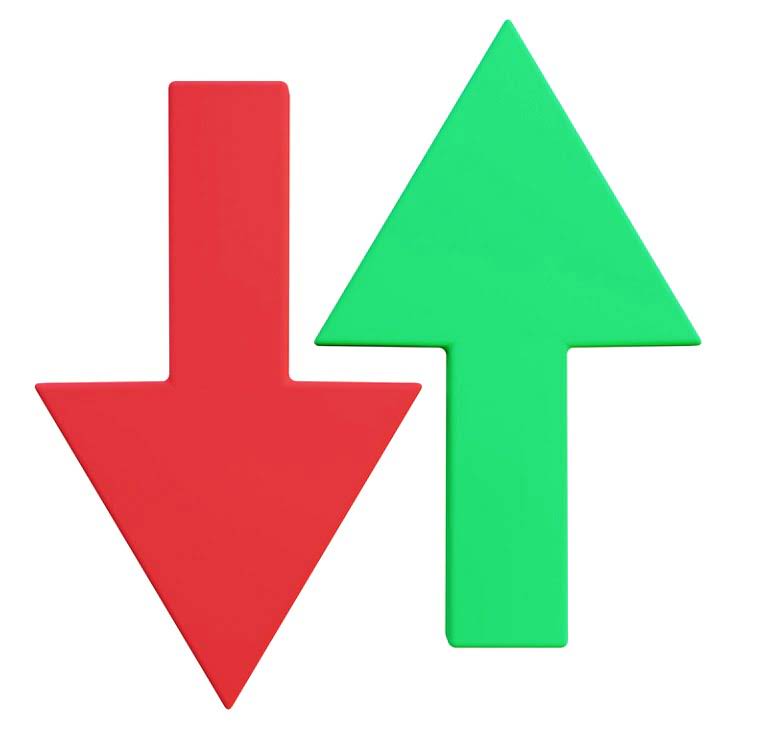Obsolete Inventory: Book vs Tax Write-Off

In addition, if the inventory is included in the obsolescence reserve, you must remove it from the reserve as well. An inventory reserve is a financial allowance set aside to cover anticipated losses related to inventory, such as damage, spoilage, or obsolescence. This reserve helps companies prepare for potential decreases in inventory value, ensuring a more accurate representation of assets on financial statements under GAAP.
Income Statement
It reduces the net value of your inventory asset account on your balance sheet. It will hold the lost value of the obsolete part until the part is eventually disposed of. Timing can be critical in determining when to account for excess and obsolete inventory, so establishing a standard time schedule or accounting procedure for doing so is critical.
How to record inventory loss?
Without this, your business can see results affected by those with their own motivations. A store manager, for example, can accelerate or delay recognizing losses to hit his sales numbers. Someone more senior may be more focused on calculating the inventory losses piecemeal rather than taking a single, larger loss that would impact quarterly revenues.

What Is Obsolete Inventory, and How Do You Account for It?
- The company will try its best to minimize the inventory obsolete cost as it is the cost that does not provide any benefit to the customers or company.
- You should write off inventory that has lost value due to damage, deterioration, loss from theft, damage in transit, changes in market demand, obsolescence, or misplacement.
- Such a situation would usually occur because of a negative change in the market value of the inventoried asset.
- If the inventory write down is immaterial, then a business will often charge the inventory write down to the Cost of goods sold account.
- As the firm has already anticipated and documented the expense, the transactions will not affect the expense report on the income statement.
- There are many different ways to keep track of inventory, but one of the most important things is to have a system in place that works for your company.
Therefore, if a company is not regularly reviewing their inventory for obsolescence they could have a large hit to their bottom line. While the process of writing off inventory for GAAP purposes is rather straightforward, being able to get the tax deduction is not quite as direct. The allowance for obsolete inventory account is in effect a reserve for expected future inventory write offs.
Obsolete inventory gets written off under GAAP as well, in a similar manner to excess inventory. For example, if a grocery store has milk become obsolete via spoilage, it has to be disposed of and thrown out. In that case, the accounting method would subtract the disposal value from the book value, take that amount as a debit on inventory and credit inventory write-off. A decrease in retained earnings translates into a corresponding decrease in the shareholders’ equity section of the balance sheet.
- Retained earnings provide an ongoing picture of how much profit a company has been able to maintain without depletion.
- Generally Accepted Accounting Principles (GAAP) require that any item that represents a future economic value to a company must be defined as an asset.
- It requires the company to make estimates on inventory obsoletes and record expenses on every accounting period.
- Obsolete inventory gets written off under GAAP as well, in a similar manner to excess inventory.
- In the direct method, you write off obsolete or otherwise impaired inventory as soon as you become aware of the loss.

If the write-down is small, some allowance for obsolete inventory businesses will simply write it down using COGS. The upper boundary, called the ceiling, is in place to remove the opportunity for a company to overstate the value of its inventoried assets. However, if you’re writing off large dollar amounts of inventory, it has to be disclosed on your income statement. A separate expense such as loss on inventory write-off should appear on the income statement each time inventory is written off.
Tips to Streamline Your Auto Parts Receiving Process

Generally Accepted Accounting Principles (GAAP) rules require you to account for the loss promptly in your bookkeeping. Inventory purchases are made by the business and are QuickBooks listed on the balance sheet. The lower boundary, called the floor, is in place to remove the opportunity for a company to unrealistically overstate profit by understating the value of its inventoried assets. The floor applied to the market value of inventory is such that the stated market value must not be lower than the NRV minus an approximation of profit realized from the asset’s sale.
- A write-down is needed if the market value of your inventory part falls below the cost that has been reported in your records.
- In this case, you will be discarding the product, so you will need remove the inventory from the company’s books.
- When inventory can’t be sold in the markets, it declines significantly in value and could be deemed useless to the company.
- The debit to the income statement reduces the net income which in turn reduces the retained earnings and therefore the owners equity in the business.
- If a company uses techniques like online auctions to dispose of excess products, for example, it may earn more revenue than originally projected via liquidation.
Third, the impact extends to the statement of cash flows, specifically in the operating activities section. While the write-down of inventory does not directly affect cash flow, the reduced net income decreases the cash generated from operations when using the indirect method. Before the inventory reaches its expiration date and turns obsolete, it will still be listed on the company’s balance sheet Bookkeeping for Veterinarians for quite some time. By then, we are assured in the entire amount of outdated inventory should be recorded as an expense (cost). According to the accrual basis, the cost should be spread out over time as opposed to being recorded in a single month. Inventory obsolescence is an expense account that is created to show the lost value as an expense to your company and will reduce net income.
